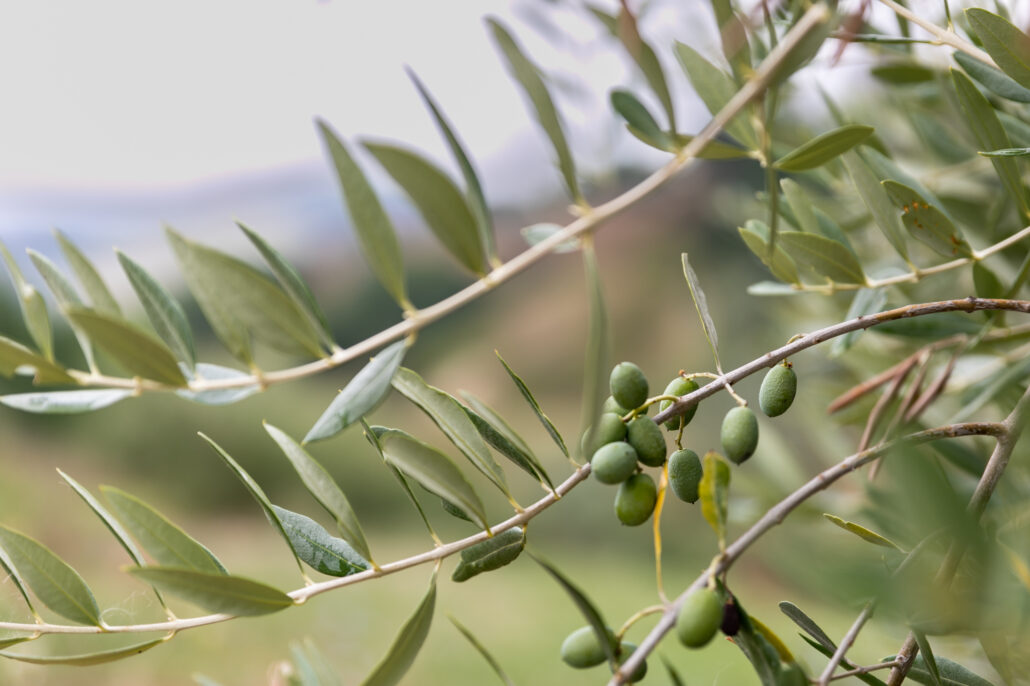Making Italian olive oil involves several steps, from working in and managing the olive grove to bottling the extra virgin olive oil. Here’s an overview of the process.
It’s important to note that throughout the entire process, the olive fruit should be handled carefully to preserve the quality and flavor of the resulting olive oil. Additionally, maintaining good hygiene standards and following best practices is essential to ensure the production of high-quality extra virgin olive oil.


Olive Grove Management
Choosing the right olive tree varieties based on climate, soil, and desired flavor profiles. Regularly pruning the olive trees to ensure optimal health and productivity. Monitoring and implementing pest and disease control measures. Properly irrigating the olive trees to maintain their well-being.
Harvesting
Determining the optimal time for harvesting by assessing the maturity of the olives. Harvesting is usually done by hand or by using mechanical devices. Care must be taken to avoid damaging the olives during the harvesting process.




Sorting and cleaning
Sorting the harvested olives to remove any leaves, twigs, or impurities. Thoroughly cleaning the olives to ensure their quality before further processing begins.
Crushing/Milling
The olives are crushed or milled to obtain a paste consisting of the olive pulp, skin, and pit. Traditional methods use granite millstones, while modern methods use stainless steel or hammer mills. Crushing/milling helps release the oil from the olive cells.




Malaxation and separation
The olive paste is then malaxed, a process that involves stirring or kneading it to facilitate oil extraction. Malaxation allows the olive enzymes to break to separate the oil from the rest of the olive paste components.
Filtration
Filtration is an optional step that removes any remaining impurities or sediment from the olive oil. It helps to clarify the oil, improving its appearance and shelf life.




Bottling
Once the olive oil is filtered, it is typically stored in stainless steel tanks and allowed to settle. Bottling is done under controlled conditions to maintain the quality and freshness of the extra virgin olive oil. Proper labeling is applied to the bottles, providing information on origin, production methods, and quality certifications.


